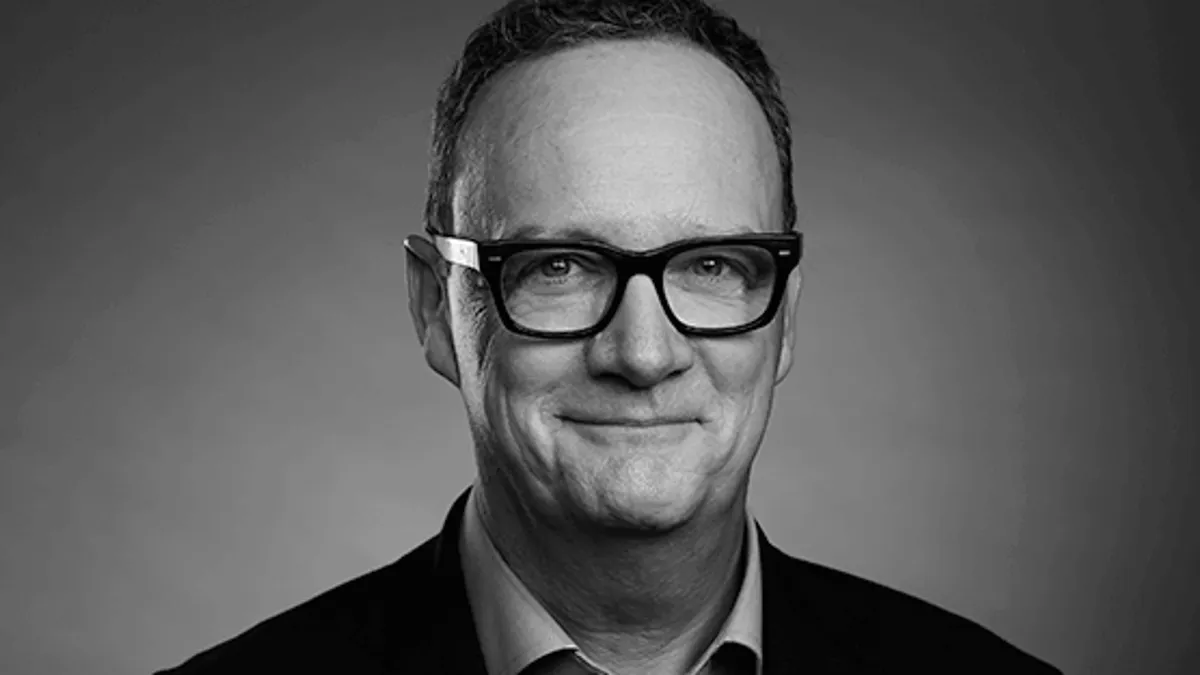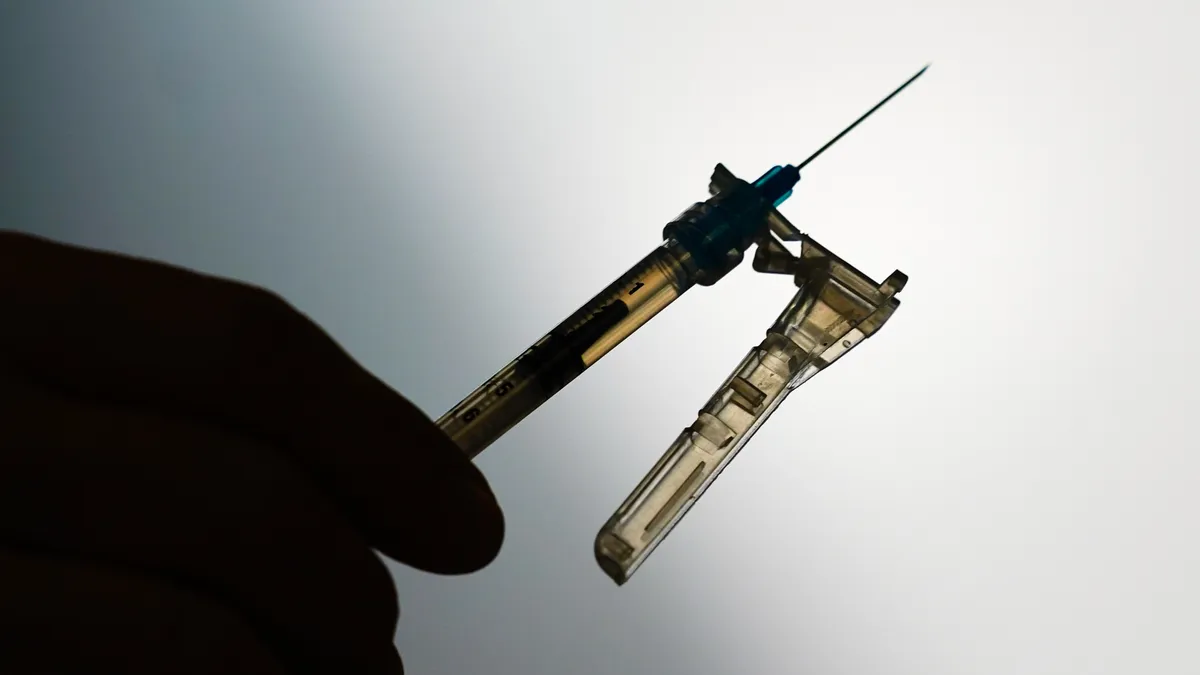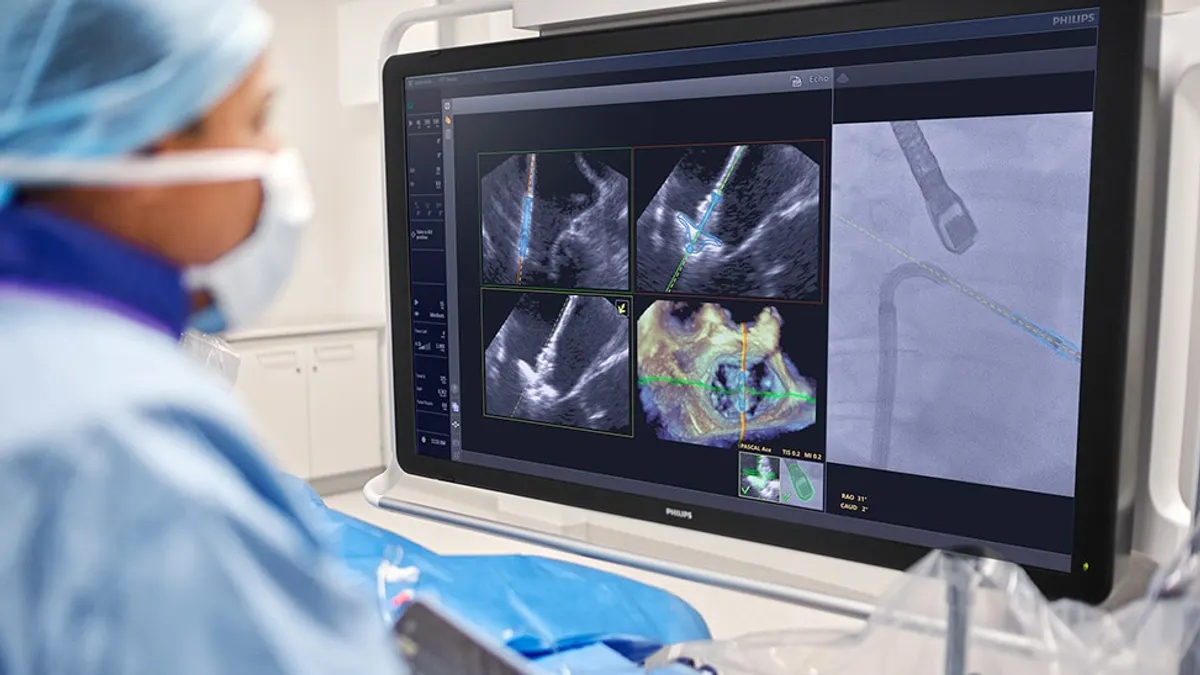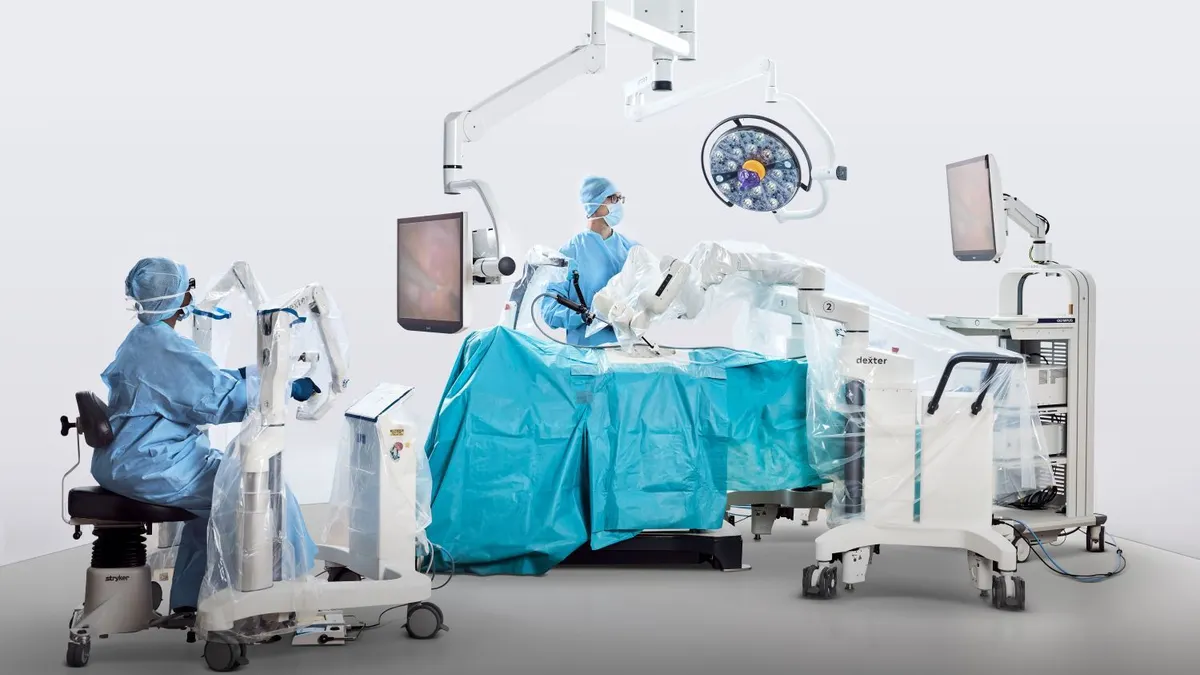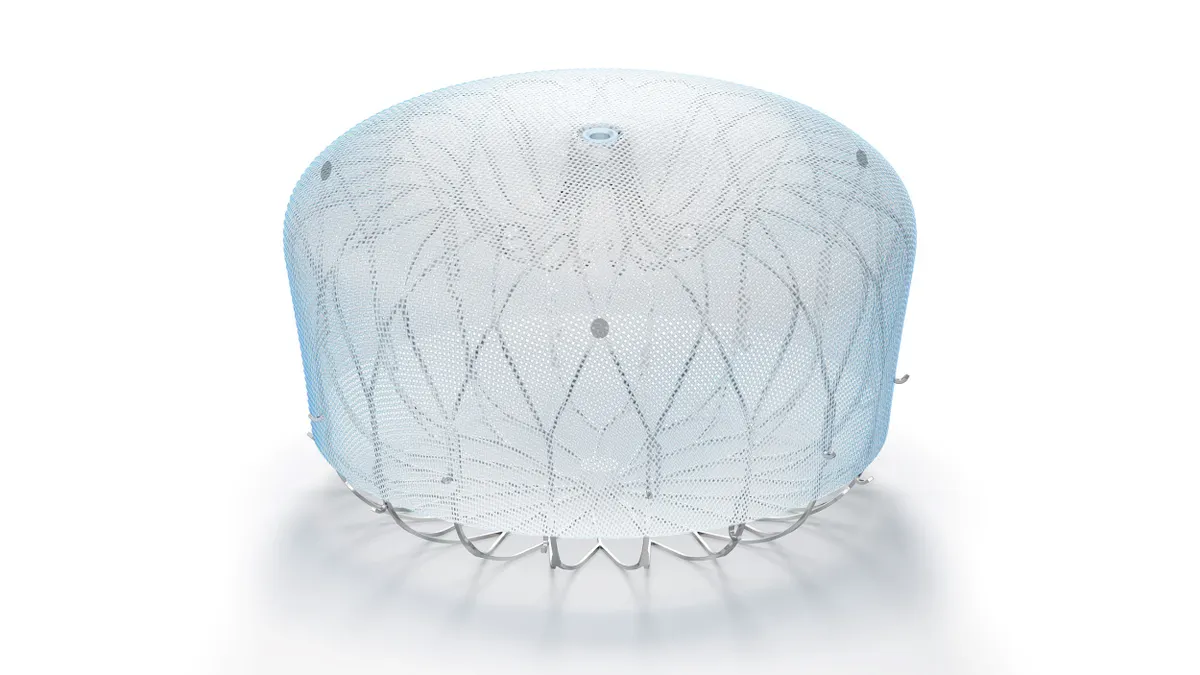Johnson & Johnson’s $13.1 billion purchase of Shockwave Medical was the medtech industry’s biggest acquisition in 2024. The transaction was part of a push by J&J into high-growth cardiovascular markets that included the acquisitions of heart pump maker Abiomed and stroke prevention device developer Laminar in the prior two years.
With Shockwave, J&J gained a fast-growing treatment for coronary artery disease, which is the most common form of heart disease. Called intravascular lithotripsy, the procedure uses sound waves to break up calcified plaque deposits and unclog the arteries. It is also used in treating peripheral artery disease, where narrowed vessels reduce blood flow to the limbs.
Shockwave Chief Medical Officer Nick West spoke with MedTech Dive about why use of IVL is growing and what’s next for the technology.
This interview has been edited for length and clarity.
MEDTECH DIVE: How does Shockwave’s sonic pressure technology work, and what are its advantages over atherectomy for clearing blockages in arteries?
NICK WEST: IVL is a technology that was derived from extracorporeal shock wave lithotripsy, which is a very well established treatment for kidney stones. IVL was the brainchild of an inventor called John Adams, who wondered whether we could miniaturize this technology for use inside of blood vessels.
Vascular calcification is part of the aging process. Unfortunately, if we live long enough, we're all going to get it, and with an aging population, the incidence of important vascular calcification goes up and up and up.
The standard tools we have are balloons. Balloons are very good on relatively soft bits of tissue. It can be moved out of the way. But sometimes balloons are insufficient to modify very hardened calcific deposits. This is where tools like atherectomy came in.
Atherectomy has been around a long time, 20-30 years in both the coronary and the peripheral vascular space. And whilst those tools are very effective, they have certain drawbacks. They require specialist training. They require specialized equipment. They require operators to be fairly skilled, because these burrs and drills rotate at 10s of 1000s of [revolutions] per minute inside blood vessels.
Clearly, when things go well, they have great results, but when they don't go so well, you can get quite severe complications.
The beauty of IVL, when they showed they could miniaturize this technology and place it inside a balloon catheter, is that every interventional cardiologist, every interventional radiologist, every vascular surgeon performing these procedures knows how to use a balloon. The extension of that means that if you can put a balloon in, all you have to then do is press a button, and you can deliver lithotripsy.
The same technology, miniaturized in a balloon, delivers ultrasonic, acoustic pressure waves into the tissues. When these pressure waves hit hardened tissue calcification, through a variety of physical processes, they induce fracturing of the calcification, which then allows a balloon to be expanded.
If you cannot expand the vessel fully, we know that is one of the major predictors, in peripheral lower limb intervention, of either future occlusion of the vessel or need for repeat intervention. In the coronaries, it's the cause of under-expanded stents, which predicts both restenosis and, more seriously, stent thrombosis.
How much of the market has shifted to IVL?
It's only eight years since IVL has been launched as a therapy. In eight years, we've now treated 1 million patients worldwide. This device has gone from an innovative and interesting therapy to something that is now included in almost everyone's algorithm for management of these patients.
It has grown the space of complex coronary calcium intervention. Back in 2018-2019, before IVL launched, an aggregate of something like 5% or 6% of patients undergoing coronary angioplasty were having some form of atherectomy — orbital, rotational — to manage severe coronary calcification.
Significant calcification is present in probably about 30% of coronary interventions. It means a lot of patients were getting inadequate treatment. And since IVL has come, in the first 12 to 18 months of release, IVL went straight up to nearly 7% of cases, taking share from both rotational and orbital and growing the space. And, in fact, if we look at where we are this year, we're now somewhere just north of 10% penetration of all [percutaneous coronary interventions] in the U.S. That’s amazing.
Shockwave continues to develop new catheters for IVL. What advancements to the technology are coming next?
We're about to start a study in the carotid arteries. We know that many physicians have been using lower limb devices off label in the carotid, which is another blood vessel where you can get calcific deposits. The reason that the carotid is a very interesting and very important target is that the patients who present with carotid narrowing — who may be at risk of having had a stroke or what we call transient ischemic attacks — when they have their plaques and the carotid examined, those that have calcific deposits are kind of excluded from having a standard balloon based intervention because the risks are so high.
Then, paradoxically, you think about those patients going for surgery, but the presence of calcium in the carotid artery generally is a marker that this patient may have many other risk factors. So often, whilst they can't have a percutaneous treatment, surgery will be contraindicated from the point of view of general risk, so they’re then without a treatment option. So IVL, we think, is going to be a very important tool, and we'll be starting the U.S. approval trial early next year.
Are there other potential applications for IVL on the horizon?
We also have some interest in treating valvular calcification. Things are evolving so quickly within Shockwave since the J&J acquisition. The reason that Shockwave is such an innovative and disruptive company is the fact that we're not content with just having released this device and said “go use it.” We've been through three cycles already of the coronary catheter within eight years. The peripheral one is more difficult because we have slightly different devices for different spaces. But we've been through two or three iterations for many of those, and we have not stood still.
Four years ago, we had less than 10 internal development programs. This year, we have 40 internal development programs going on, both improving the platforms we have, looking at new platforms for new vascular and, indeed, valvular, and looking at alternative indications for intravascular lithotripsy. Over that time, we've also had to quadruple our R&D budget.
We are very, very excited about the J&J acquisition and what more that will bring to us in terms of not only driving forward our innovation, but the reach that J&J brings. It's going to enable us to allow our technology to service many, many more patients, and the physicians who are treating them around the world.

